What Your Dog’s Wagging Actually Means
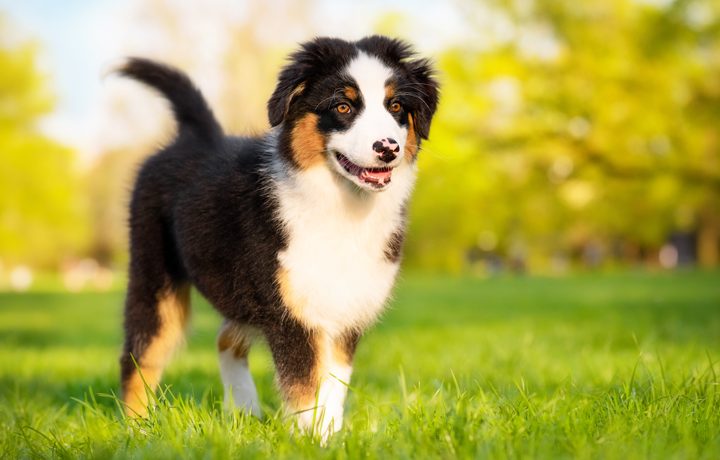
Pet owners come home from work, and they’re greeted by what appears to be a dog’s happy wagging of the tail. People naturally think the dog is having happy thoughts when they see that tail wagging. However, think again. As happy as a dog may be in that situation, reading the tail wag is not as easy as it may seem. Spend some time at a dog park watching dogs interact, and the wagging tail tells myriad tales.
It is your dog’s way of smiling
In one sense, a dog’s tail is very much like a human smile. People smile without thinking about it when they see something or someone they like. People also can smile intentionally or even deceptively, as a way to communicate to another person that we like something, as a way to put someone at ease, or even to appear sinister and threatening. Dogs communicate socially with people, dogs and other animals using their tail in a similar way.
It is your dog’s way of showing how they feel
But dogs say more with their tail than people say with a smile. Dogs use and read body language and movement far more readily than humans. Their eyes are better at detecting motion, and the tail, which likely originally offered dogs better balance, also became a tool in their social communication. With just a flick of the tail, dogs can communicate a range of social emotions such as happiness, fear and aggression, to varying degrees and intensities.
People should consider the possible combinations of tail positions and movements that gives them a sense of the breadth of potential social messages a dog could be sending. Luckily, the tail is not the only cue people have to understanding a dog, and, combined with ears, eyes, mouth and body position, people can get a better picture–that is, if they pay close enough attention and think from a dog’s perspective.
It is your dog’s way of showing they are afraid
There are also some good general rules to consider when reading the wag. Height says a lot. The lower the tail, the more avoidant or fearful a dog feels. The higher the tail, the more a dog feels like approaching, threatening or reacting.
It is your dog’s way of showing they are alert
Add variation in height and movement and you get nuance. For example, a slight or even one-time wag, not too high, not too low, is like saying, “Hey there.” A tail tucked as low as possible, tightly under a dog’s body, communicates intense fear and submission. And a very high, vibrating or stiff tail is a dog on high alert, possibly threatening and could be aggressive.
It is your dog’s way of showing they feel uncertain
Probably the most confusing signal to interpret is a tail that appears to be wagging happily, but is higher than normal or a bit lower, stiffer or slower than normal. The dog with a tail just a bit lower or slower may feel uncertain or slightly fearful in the situation and is likely watching to see what kind of reaction he will get from those around him, before knowing what to communicate in return. The just-right happy tail wag occurs somewhere in the middle of where a dog would normally carry his tail, which varies by breed and temperament, which means it takes time to get to know a dog well–just like people.
Yes, the side your dog wags his or her tail matters!
And it turns out there’s one more dimension to tail language. Research shows dogs are similar to humans and other animals in how the right-versus-left side of the brain activates based on perceived stimuli. This means you may also be able to read a dog based on what side of the body she wags her tail. When a dog sees you, a familiar person, or a dog she is happy to see, she is more likely to wag her tail on her right side, but if she wags her tail on the left, she may be feeling less certain, more prone to withdrawing, possibly in response to seeing an unfamiliar or dominant dog or person.
Dogs are superb social communicators, watching us closely and learning human gestures and sounds. Perhaps there’s a lot we can learn from them, too. Certainly the benefits of any relationship with good communication–trust and understanding–are boundless. And what could make that more evident than coming home to a joyful tail wag that seems to carry a dog’s hind end right along with it? It might be enough to get down on all fours and wag right along with them sometimes. Well, at the very least, pet owners can empathetically share their happiness and show your dog how happy and excited you are to see them in return.



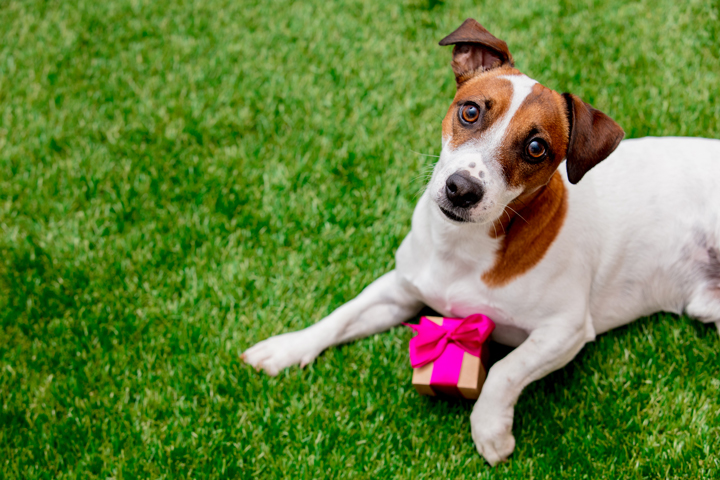
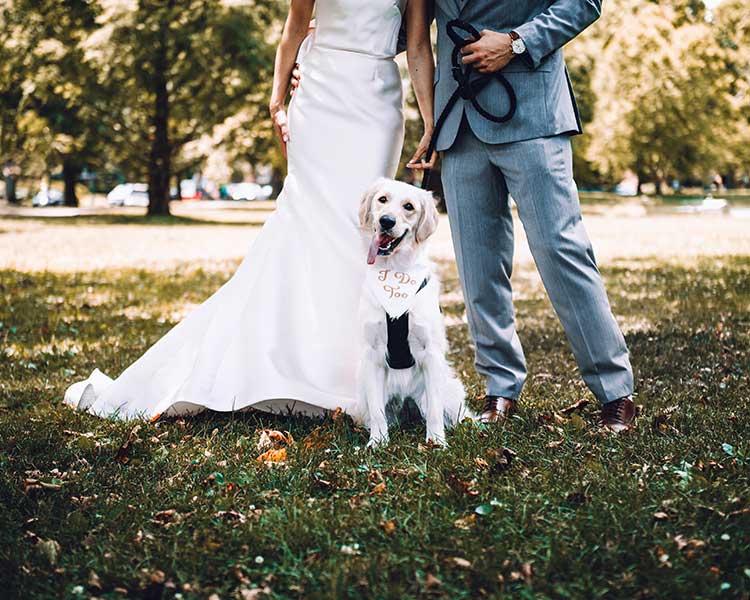
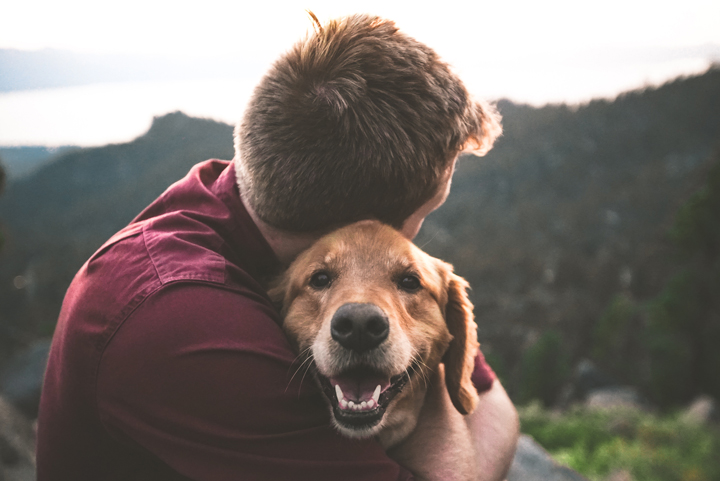
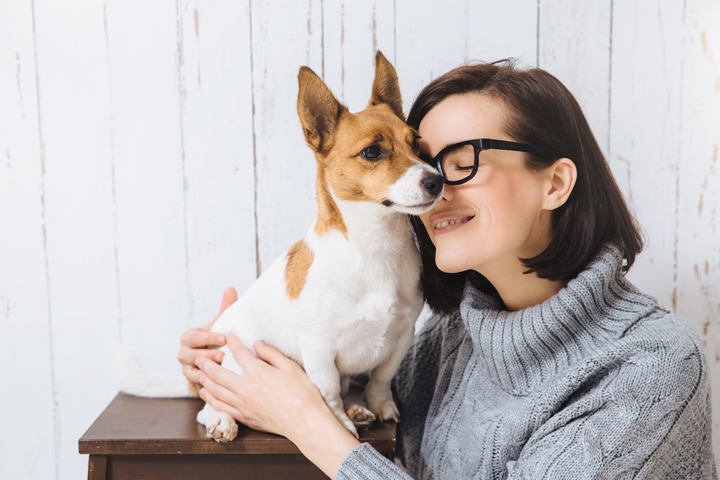

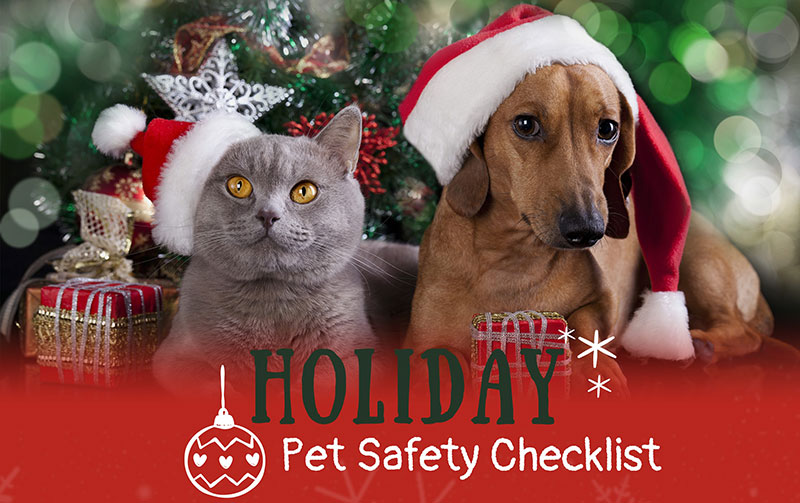

Leave a Reply